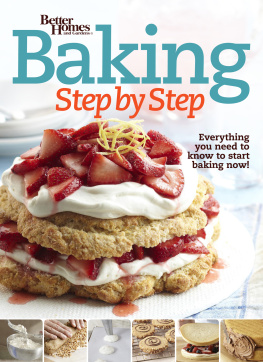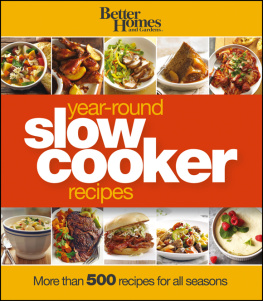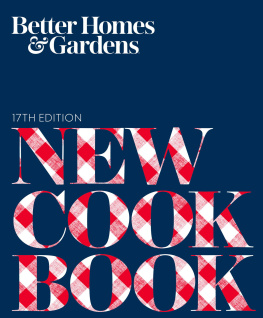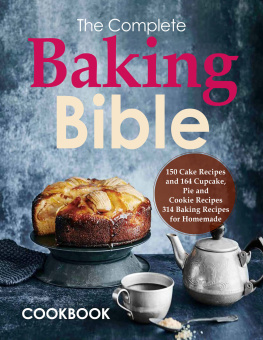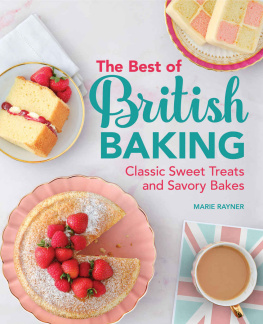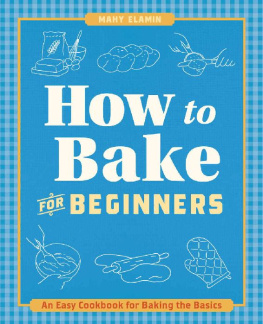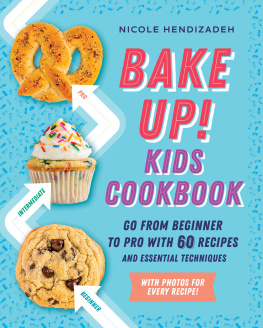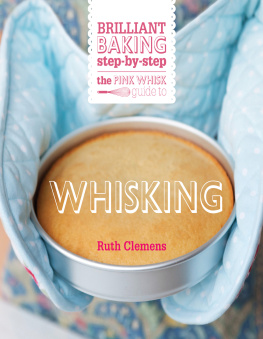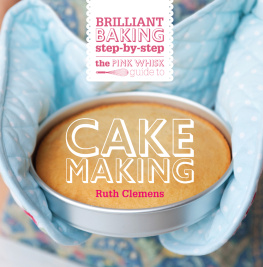Contents
Metric Information
The charts on this page provide a guide for converting measurements From the U.S. customary system, which is used throughout this book, to the metric system.
Product Differences
Most of the ingredients called for in the recipes in this book are available in most countries. However, some are known by different names. Here are some common American ingredients and their possible counterparts:
- Sugar (white) is granulated, fine granulated, or caster sugar.
- Powdered sugar is icing sugar.
- All-purpose flour is enriched, bleached or unbleached white household flour. When self-rising flour is used in place of all-purpose flour in a recipe that calls for leavening, omit the leavening agent (baking soda or baking powder) and salt.
- Light-colored corn syrup is golden syrup.
- Cornstarch is cornflour.
- Baking soda is bicarbonate of soda.
- Vanilla or vanilla extract is vanilla essence.
- Green, red, or yellow sweet peppers are capsicums or bell peppers.
- Golden raisins are sultanas.
Volume and Weight
The United States traditionally uses cup measures for liquid and solid ingredients. The chart below shows the approximate imperial and metric equivalents. If you are accustomed to weighing solid ingredients, the following approximate equivalents will be helpful.
- 1 cup butter, castor sugar, or rice = 8 ounces = pound = 250 grams
- 1 cup flour = 4 ounces = pound = 125 grams
- 1 cup icing sugar = 5 ounces = 150 grams
- Canadian and U.S. volume for a cup measure is 8 fluid ounces (237 ml), but the standard metric equivalent is 250 ml.
- 1 British imperial cup is 10 fluid ounces.
- In Australia, 1 tablespoon equals 20 ml, and there are 4 teaspoons in the Australian tablespoon.
- Spoon measures are used for smaller amounts of ingredients. Although the size of the tablespoon varies slightly in different countries, for practical purposes and for recipes in this book, a straight substitution is all that's necessary. Measurements made using cups or spoons always should be level unless stated otherwise.
Common Weight Range Replacements
| Imperial / U.S. | Metric |
| ounce | 15 g |
| 1 ounce | 25 g or 30 g |
| 4 ounces ( pound) | 115 g or 125 g |
| 8 ounces ( pound) | 225 g or 250 g |
| 16 ounces (1 pound) | 450 g or 500 g |
| 1 pounds | 625 g |
| 1 pounds | 750 g |
| 2 pounds or 2 pounds | 1,000 g or 1 Kg |
Oven Temperature Equivalents
| Fahrenheit Setting | Celsius Setting | Gas Setting |
| 300F | 150C Gas | Mark 2 (very low) |
| 325F | 160C Gas | Mark 3 (low) |
| 346F | 180C Gas | Mark 4 (moderate) |
| 375F | 190C Gas | Mark 5 (moderate) |
| 400F | 200C Gas | Mark 6 (hot) |
| 425F | 220C Gas | Mark 7 (hot) |
| 450F | 230C Gas | Mark 8 (very hot) |
| 475F | 240C Gas | Mark 9 (very hot) |
| 500F | 260C | Gas Mark 10 (extremely hot) |
| Broil | Broil | Grill |
*Electric and gas ovens may be calibrated using celsius. However, for an electric oven, increase celsius setting 10 to 20 degrees when cooking above 160C. For convection or forced air ovens (gas or electric), lower the temperature setting 25F/10C when cooking at all heat levels.
Baking Pan Sizes
| Imperial / U.S. | Metric |
| 91-inch round cake pan | 22- or 234-cm (1.5 L) |
| 91-inch pie plate | 22- or 234-cm (1 L) |
| 882-inch square cake pan | 205-cm (2 L) |
| 992-inch square cake pan | 22- or 234.5-cm (2.5 L) |
| 1171-inch baking pan | 28174-cm (2 L) |
| 2-quart rectangular baking pan | 30194.5-cm (3 L) |
| 1392-inch baking pan | 34224.5-cm (3.5 L) |
| 15101-inch jelly roll pan | 40252-cm |
| 953-inch loaf pan | 23138-cm (2 L) |
| 2-quart casserole | 2 Lss |
U.S. / Standard Metric Equivalents
| teaspoon = 0.5 ml |
| teaspoon = 1 ml |
| teaspoon = 2 ml |
| 1 teaspoon = 5 ml |
| 1 tablespoon = 15 ml |
| 2 tablespoons = 25 ml |
| cup = 2 fluid ounces = 50 ml |
| cup = 3 fluid ounces = 75 ml |
| cup = 4 fluid ounces = 125 ml |
| cup = 5 fluid ounces = 150 ml |
| cup = 6 fluid ounces = 175 ml |
| 1 cup = 8 fluid ounces = 250 ml |
| 2 cups = 1 pint = 500 |
| 1 quart = 1 litre |
Copyright 2015 by Meredith Corporation, Des Moines, Iowa.
All rights reserved.
For information about permission to reproduce selections from this book, write to Permissions, Houghton Mifflin Harcourt Publishing Company, 215 Park Avenue South, New York, New York 10003
www.hmhco.com
Library of Congress Cataloging-in-Publication Data is available.
ISBN 978-0-544-45617-4 (hbk)
ISBN 978-0-544-45618-1 (ebk)
Book design by Waterbury Publications, Inc., Des Moines, Iowa.
Meredith Corporation
Editors: Jan Miller and Tricia Laning, Waterbury Publications, Inc.
Contributing Editors: Ellen Boeke; Linda Henry; Lisa Kingsley, Mary Williams, Waterbury Publications, Inc.
Recipe Development and Testing: Better Homes and Gardens Test Kitchen
Photographers: Pete Krumhardt, Scott Little, Kritsada Panichgul, Jay Wilde
Food Stylists: Nicole Faber, Greg Luna, Jill Lust, Janet Pittman, Charles Worthington
Prop Stylist: Sue Mitchell
Houghton Mifflin Harcourt
Publisher: Natalie Chapman
Editorial Director: Cindy Kitchel
Executive Editor: Anne Ficklen
Senior Editor: Adam Kowit
Editorial Associate: Molly Aronica
Production Director: Tom Hyland
Cover Designer: Ken Carlson, Waterbury Publications, Inc.
Cover photo:
v1.0315
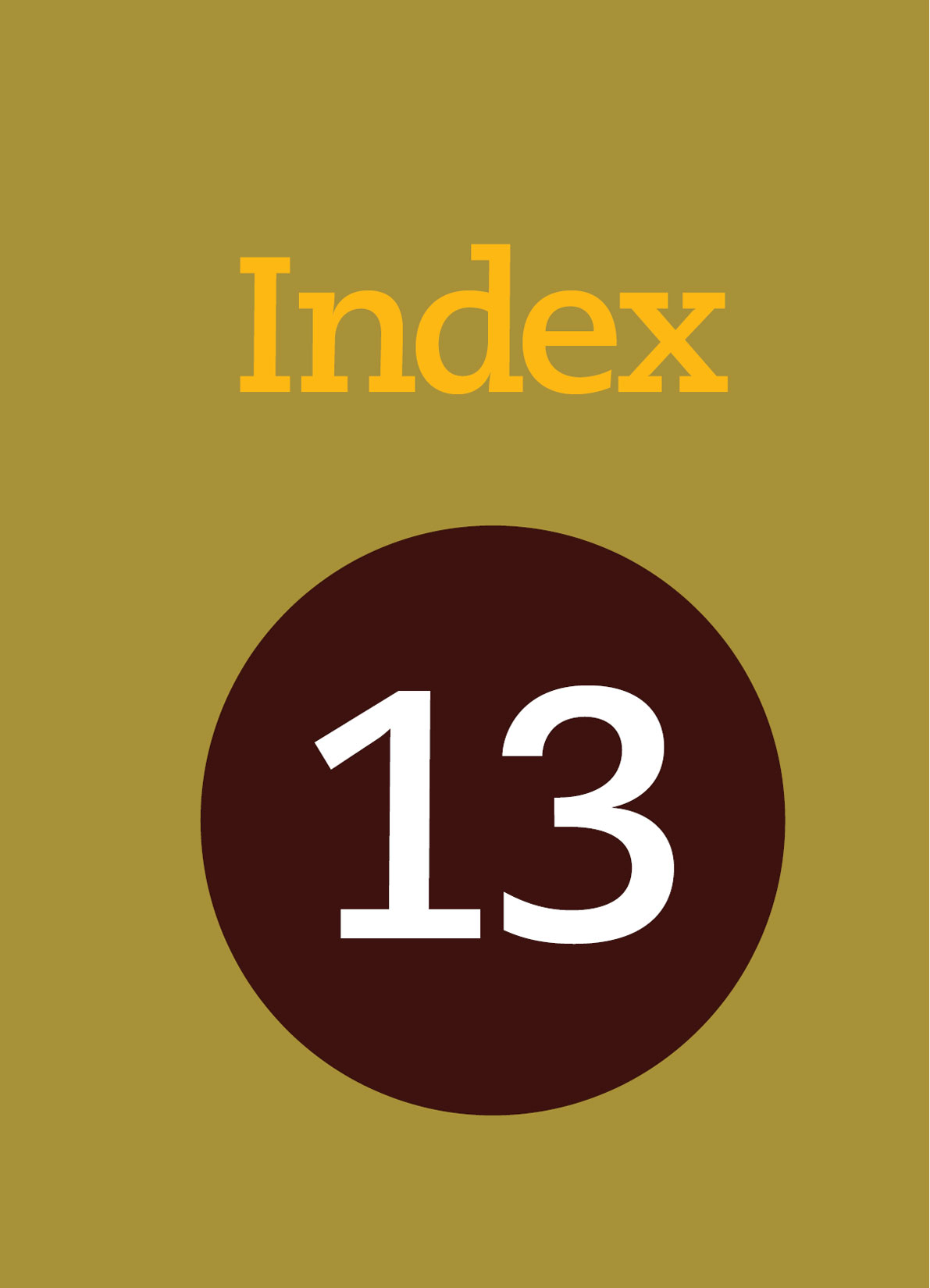
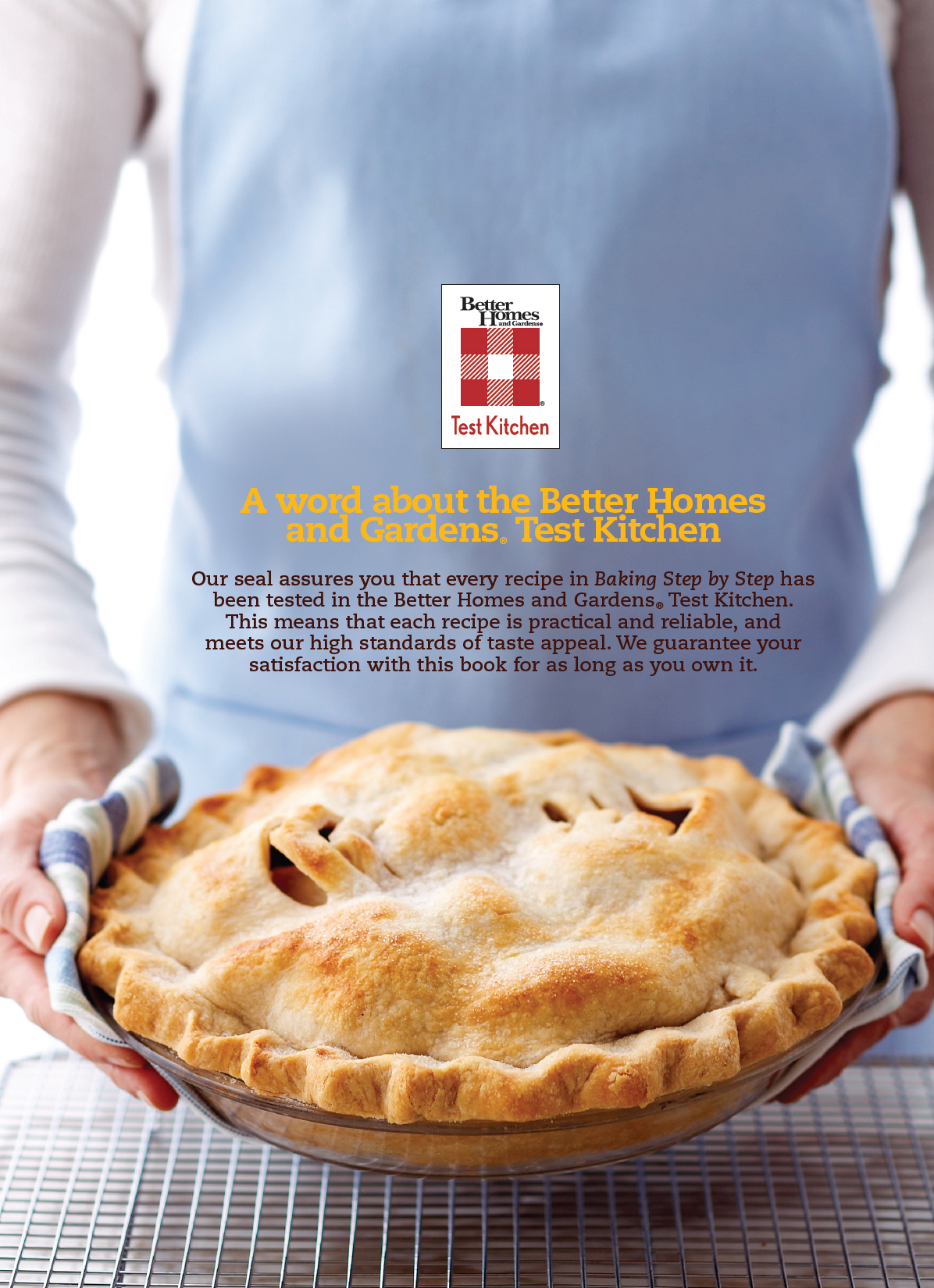

Something newfor you.
There is something undeniably appealing and nurturing about baking. Especially in the high-tech world we live inwhere were inundated with cell phone calls and text messages, computer blips, and every kind of virtual thing imaginablebaking is all about simple, tactile, low-tech fun.
Baking a birthday cake for someone special or biting into a warm slice of buttered bread you made with your own hands is incredibly satisfying. It offers a break from the stressful world of businessnot to mention that anything you bake from scratch tastes so much better than anything you buy in a box.
Given all of that, wefood editors, recipe developers, and cookbook writersrealize that the world has changed dramatically since some of us stood on a kitchen stool and dusted the kitchen with flour as we helped Mom bake cookies. Maybe youve already conquered cookie baking and want to move on to something more challenginglike cream puffs or crispy meringues. Or maybe youve never so much as beaten an egg. Baking Step by Step is designed with both kinds of bakers in mindthose who aspire to bake and those who are a little farther along on the learning curve. You can start with simple brownies or apple crisp and move up to souffls.

